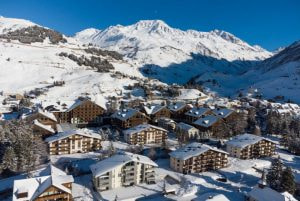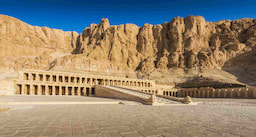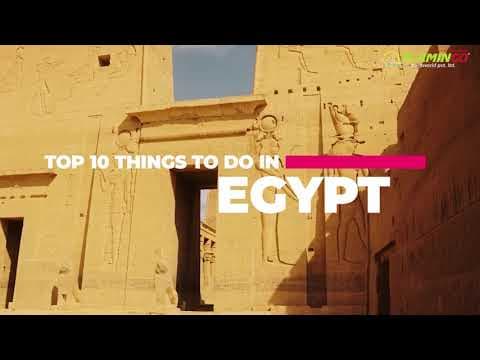Trending travel articles

Pyramids of Giza: Icons of Egypt’s Cultural Heritage!
A trip to Egypt is like stepping through a magical doorway into history. Egypt is one of the most mesmerizing countries on the planet. With such an illustrious past, this is a must-see visit for many. From the bustling streets of Cairo to the serene Nile, the journey takes us to the heart of Egypt’s […]

Hurghada – The New Tourism Look Of Egypt!
Get set to explore a land where the Red Sea meets sandy shores – welcome to the enchanting world of Hurghada! This colorful jewel stands out from the ordinary and is tucked away along the shores of Egypt. Hurghada is on the Red Sea coast and has 36 kilometers of beautiful coastline. You will get […]

Unveiling The Nile – A Glimpse Into The Heartbeat Of Egypt!
Hello, everyone who loves a good travel blog! Fasten up, because I am about to take you on an incredible adventure through Egypt’s heart and soul: the gorgeous Nile River. Hold on as we explore why visiting Egypt is very different from visiting any other country. Ready? Let’s start now! Imagine a land where history, […]

Discover Egypt – Take A Journey Through Time!
About Egypt For tourists looking for a mix of history and adventure, Egypt, also known as the land of the pyramids, holds an attractive appeal. Engaging in Egypt tourism provides the door to a world rich with ancient mystique and modern marvels. This beautiful land, set along the great Nile River, invites you to uncover […]

10 Best Places To Visit In August Outside India For A Perfect Getaway In 2025 !
Summary: This article presents the 10 Places To Visit In August Outside India, featuring destinations such as Cairo, Copenhagen, Reykjavik, Oslo, Paris, Berlin, Zanzibar, Banff National Park, Hua Hin, and Queenstown, each offering unique experiences during the late summer. Traveling is at its best in August because the monsoon season is over, and the weather […]

Top 50 Honeymoon Destinations Worldwide You Can’t Miss It!
Once the wedding is over, couples take a step forward to celebrate the change in their relationship status on their honeymoon. If you are getting married in 2022 or 2023, it will be convenient to start thinking about the place. Honeymoon is one of those uncompromising trips that require thoughtful & careful planning, along with a well-planned […]

Take A Virtual Tour From Home To These 54 Famous Attractions!
Bored at home due to quarantine? The pandemic COVID-19 has left many people feeling the same way. We all are trying to keep ourselves active and working from home yet it’s still not the same. To starve your boredom we have come up with 54 most interesting places to visit in the world virtually! So […]

The Very First Vertical Forest In Africa To Be Set Up In Egypt
Egypt is all set to the get the first vertical forest in Africa as the famous architect, Stefano Boeri has unveiled designs for the vertical forest that is going to be set up in the Sahara Desert. The vertical forest would comprise of three buildings, three pollution absorbing trees and plants as it would set […]

Don’t Let 2020 Slip Away from your hands! Plan A Holiday To These Destinations
Never mind if you couldn’t plan a perfect vacation in 2019, you can avoid making the same mistake again by planning your holiday beforehand. To help you plan out your 2020 holiday, here is a list of destinations you shouldn’t miss in the coming year. 1. South Africa Serene, adventurous, beautiful, exotic and luxurious, South […]

Top 5 Things To Do In Egypt – The Land Of Pyramids and Pharaohs
Egypt is not only famous for its rich history and culture but also for some of the greatest tourist destinations in the world.Some sites in Egypt are still a mystery to the scientists in the world. If you are planning to book Egypt tour packages in coming vacation then this post will be of interest […]



























